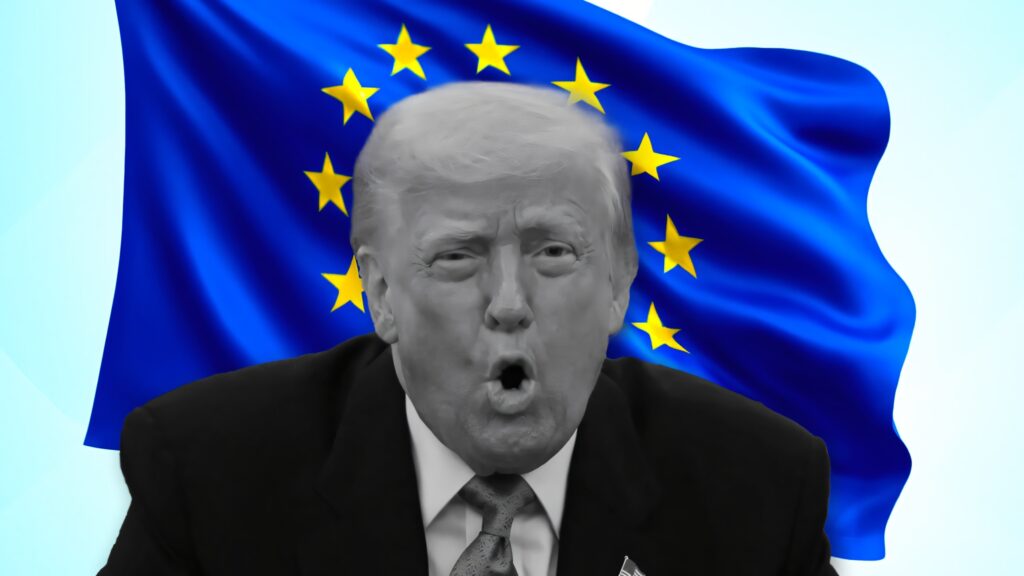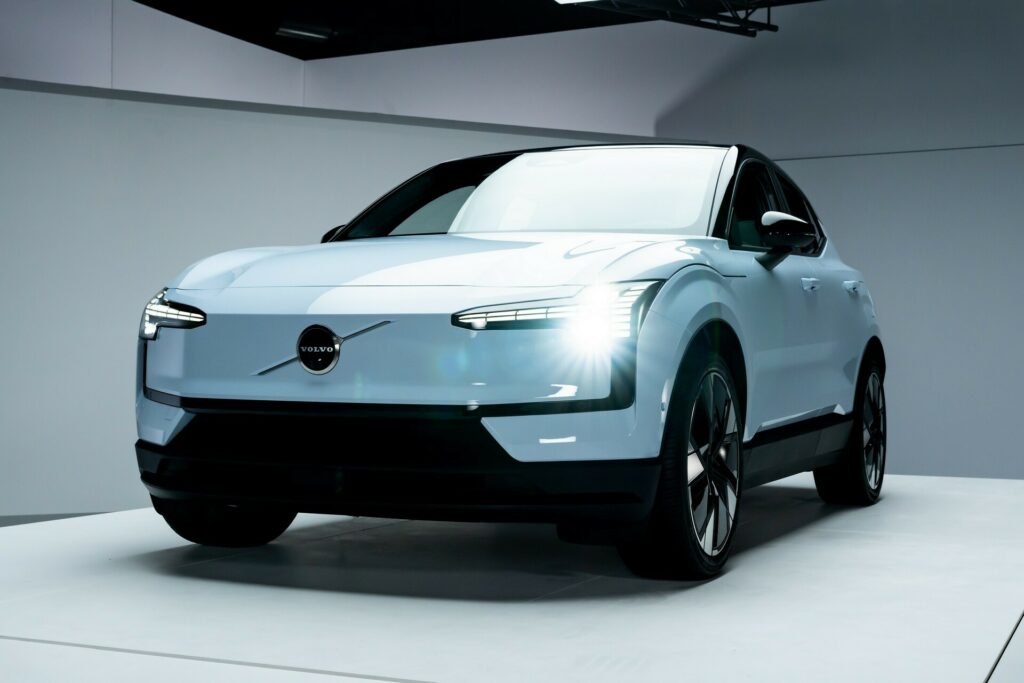Tariffs Talk

President Trump’s fluctuating tariff policies on European goods have kept carmakers on their toes, almost as if they were riding a never-ending rollercoaster. Recently, Trump announced the possibility of imposing a massive 50% tariff on EU imports, including automobiles, originally set to start rolling on June 1. This caught many by surprise, especially since there had been an existing 10% duty under a 90-day tariff pause, with expectations of it increasing to 20% on July 9. But hold your horses, after conversations with European leaders, Trump decided to hold off until July 9 on the 50% increase.
It’s no wonder European car manufacturers are feeling the heat. Imagine their stress levels—it’s almost like a heart rate monitor spiking with every new announcement. Trump’s penchant for sudden policy changes hasn’t exactly helped ease those nerves either. One minute, tariffs rise; the next, there’s a delay. For automakers like Volvo, these policies create an uncertain environment that leads to difficult business decisions, including potential shifts in export strategy.
Carmakers’ Concerns

Volvo, for instance, has been vocal about potentially halting exports of their EX30 electric SUV from Belgium to the United States. Concerns arise from the inability of the US and EU to reach an amicable tariff deal. While Britain managed to secure a 10% tariff deal for its automakers, Detroit’s giants are dealing with tariffs affecting vehicles built in neighboring Canada and Mexico, despite trade agreements like the USMCA (previously NAFTA).
If that wasn’t complex enough, car companies face strategic shifts that may involve rerouting production or adjusting market strategies, which in turn could affect pricing, availability, and even employment across supply chains. The looming threat of higher tariffs means rethinking how and where cars are manufactured and sold. It’s a game of chess that European manufacturers like BMW, Mercedes, and Volkswagen have no choice but to play to protect their business interests in the lucrative American market.
Driving Experience
Amidst these geopolitical hiccups, the cars from across the pond continue to offer an exceptional driving experience. Take the Volvo EX30, for example. Known for its seamless performance and advanced technology features, it’s a vehicle that offers more than a ride—it’s an experience. When compared to domestic counterparts like Tesla’s Model Y, the European influence shines through in terms of interior finish and driving dynamics. It’s all about refined handling and a sense of understated luxury that few American brands manage to truly emulate.
Ultimately, while the tariffs stir the waters, the allure of European automobiles remains strong in the States. Their blend of innovation, style, and performance continues to be a draw for many American car enthusiasts. So, whether tariffs rise or fall, it should not detract from the driving joy these cars deliver on U.S. roads.
Xpeng P7 Sedan Unveiled
Nissan's Bold Moves
New SCG 007s Hypercar
Bold RX-7 Reimagined
Tesla Y Buzz